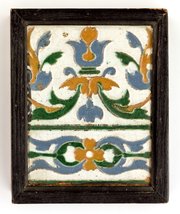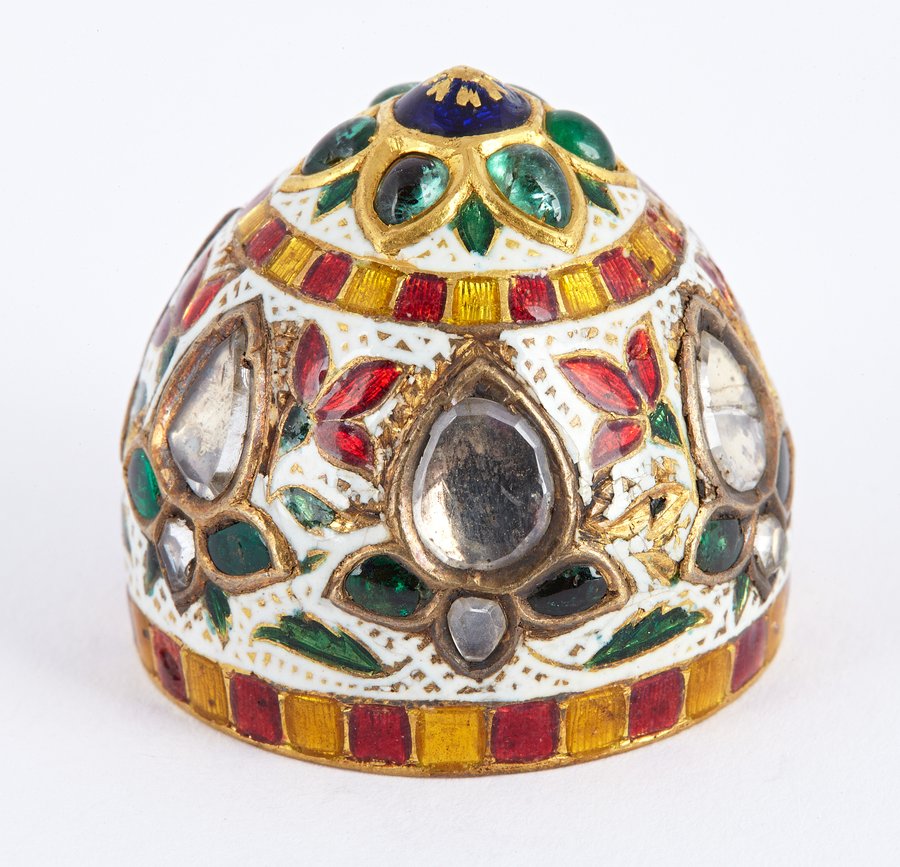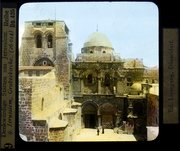
Game Piece
Museum of Islamic Art
- Title:
- Game Piece
- Production place:
- India
- Date:
- 1800 - 1899
- Period:
- 19th century CE
- Title:
- Game Piece
- Production place:
- India
- Date:
- 1800 - 1899
- Period:
- 19th century CE
- Material:
- Gold, Enamel, Diamond, Emerald, Silver
- Technique:
- Enamelling, Gem setting, Kundan, Cabochoning, Hexagonal cutting, Cutting
- Dimensions:
- 2.8 cm
- Diameter:
- 2.6 cm
This gem-set and enamelled gold game piece is one of nineteen total pieces forming the popular South Asian game known as chopat, parchisi or ludo, which was believed to have been created in India sometime during the 8th century AH/14th century CE. Comprising sixteen dome shaped pawns, three rectangular shaped dice and traditionally a board of embroidered cloth cut in the shape of a cross (the board absent from this particular set), this game is played by either two or four players, each of whom divides the sixteen pawn pieces evenly according to colour (red, blue, white or green). This game set is rather lavishly decorated with fine enamelling and precious stones, including emeralds, rubies, and blue and colourless sapphires, no doubt intended for a wealthy patron. The style of enamel and jewelled decoration is similar to that found in Jaipur, Rajasthan, although this game was popularly played across much of the Indian subcontinent.



